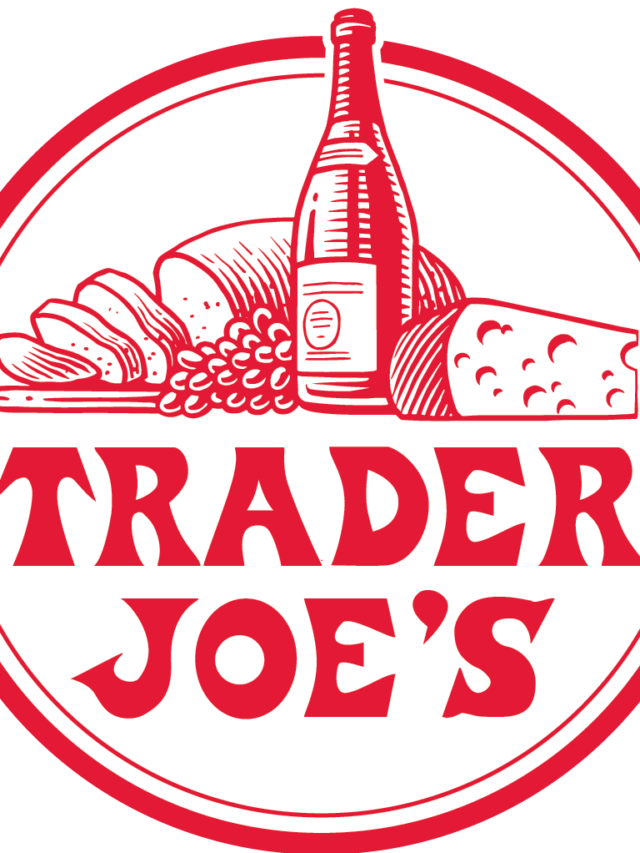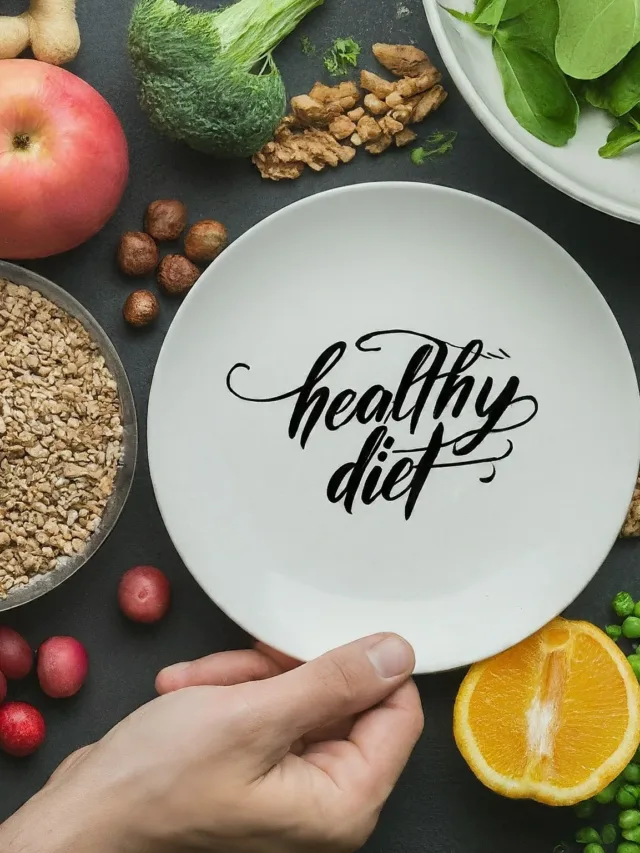How to make healthy cheese dishes?
While cheese can be high in fat and calories, there are ways to incorporate it into healthy cheese dishes by using moderation and choosing healthier cheese options. But first let us give you a small overview of cheese.

Cheese is a dairy product made from the curdled milk of cows, goats, or sheep. It has been enjoyed for centuries and is known for its rich and diverse flavors. Cheese comes in various textures, colors, and flavors, making it a versatile ingredient in cooking and a popular addition to many dishes.
Cheese is a good source of calcium, protein, phosphorus, and vitamin B12. It also provides other essential nutrients like zinc, vitamin A, and riboflavin.
However, it is important to note that cheese can be high in saturated fat and calories. Therefore, it’s essential to consume cheese in moderation and choose healthier cheese options.
We already know that cheese has lots of fats in it and is in no way among healthy ingredients. But its taste has captivated us so deeply that it’s extremely hard to refuse its bite. Thankfully, there are ways to select cheese so that you can reduce the amount of fats that you eat, even in a cheese dish. , Here are a few tips to consider when it comes to selecting healthier cheese –
- Opt for Reduced-Fat Varieties: Look for cheeses labeled as reduced-fat or low-fat. These varieties contain less saturated fat and calories compared to their full-fat counterparts. Reduced-fat cheese options include reduced-fat cheddar, mozzarella, Swiss, and feta.
- Choose Part-Skim or Skim Milk Cheese: Cheeses made from part-skim or skim milk are lower in fat than those made from whole milk. Examples include part-skim mozzarella, cottage cheese, and ricotta.
- Explore Soft and Fresh Cheeses: Soft and fresh cheeses tend to have lower fat content than hard and aged cheeses. Examples of healthier options include cottage cheese, farmer’s cheese, and goat cheese.
- Portion Control: Pay attention to portion sizes when consuming cheese. Even healthier cheese options should be enjoyed in moderation to keep saturated fat and calorie intake in check.
- Experiment with Stronger Flavors: Cheeses with stronger flavors, such as sharp cheddar, Parmesan, or blue cheese, tend to have more pronounced taste, allowing you to use them sparingly while still enjoying their flavor.
Now, that we are informed about our cheese and know how to select the best cheese for us, it is now time to look at cheese recipes which are relatively healthier for you. Try these 10 cheese dishes that can be enjoyed as part of a balanced and nutritious diet.
- Caprese Salad: Combine fresh tomatoes, basil leaves, and mozzarella cheese. Drizzle with olive oil and balsamic vinegar for a light and refreshing salad.
- Greek Yogurt and Feta Dip: Mix Greek yogurt with crumbled feta cheese, lemon juice, and herbs for a protein-packed and flavorful dip. Serve with vegetable sticks or whole-grain crackers.
- Quinoa Stuffed Bell Peppers: Stuff bell peppers with a mixture of cooked quinoa, diced vegetables, and grated low-fat cheese. Bake until the peppers are tender and the cheese is melted.
- Veggie and Cheese Omelette: Whip up a fluffy omelette with egg whites or a combination of whole eggs and egg whites. Add sautéed vegetables and a sprinkle of reduced-fat cheese for a protein-rich breakfast or brunch option.
- Whole Wheat Margherita Pizza: Use a whole wheat crust and top it with tomato sauce, fresh basil leaves, sliced tomatoes, and a modest amount of part-skim mozzarella cheese.
- Broccoli and Cheddar Soup: Make a creamy soup by blending steamed broccoli with low-sodium vegetable broth and a small amount of reduced-fat cheddar cheese.
- Cottage Cheese and Fruit Parfait: Layer low-fat cottage cheese with fresh fruits like berries and sliced peaches or pineapple. Top with a sprinkle of nuts or granola for added crunch.
- Zucchini Noodles with Parmesan: Spiralize zucchini into noodle shapes and sauté until tender. Top with a sprinkle of grated Parmesan cheese and a drizzle of olive oil.
- Spinach and Feta Stuffed Chicken Breast: Stuff chicken breasts with a mixture of wilted spinach, crumbled feta cheese, and herbs. Bake until the chicken is cooked through and the cheese is melted.
- Whole Grain Crackers with Light Cheese: Enjoy a snack of whole grain crackers paired with a small serving of light or reduced-fat cheese. Choose a cheese with lower fat content, such as reduced-fat Swiss or part-skim mozzarella.
Portion Control is key when incorporating cheese into a healthy diet. Opting for lower-fat cheese varieties and using cheese as a flavor enhancer rather than the main ingredient will help you have a more balanced diet.
Now that you know a few healthy cheese dishes, it’s time to help you prepare some of these dishes as well. Here are simple and detailed recipes for two of these healthy cheese dishes.

Caprese Salad
Equipment
- 1 Serving Plate
Ingredients
- 2 medium-sized tomatoes
- 4 ounces fresh mozzarella cheese
- Fresh basil leaves
- 1 tablespoon extra virgin olive oil
- 1 tablespoon balsamic vinegar
- Salt and pepper to taste
Instructions
- Slice the tomatoes and mozzarella cheese into approximately 1/4-inch thick slices.
- Arrange the tomato and mozzarella slices on a serving plate, alternating them.
- Tuck fresh basil leaves between the tomato and mozzarella slices.
- Drizzle olive oil and balsamic vinegar over the salad.
- Season with salt and pepper according to taste.
- Serve immediately and enjoy!
Notes
- Calories: 236
- Protein: 13g
- Fat: 18g
- Carbohydrates: 7g
- Fiber: 2g

Veggie and Cheese Omelette
Equipment
- 1 skillet
- 1 Bowl
Ingredients
- 2 large eggs
- 2 egg whites
- 1/4 cup diced bell peppers
- 1/4 cup diced tomatoes
- 1/4 cup diced onions
- 1/4 cup grated reduced-fat cheese of your choice
- Salt and pepper to taste
- Cooking spray or a small amount of oil for greasing the pan
Instructions
- In a bowl, whisk together the eggs, egg whites, salt, and pepper.
- Heat a non-stick skillet over medium heat and lightly grease it with cooking spray or oil.
- Add the diced bell peppers, tomatoes, and onions to the skillet. Sauté for a few minutes until slightly softened.
- Pour the beaten eggs evenly over the vegetables in the skillet.
- Allow the eggs to cook for a minute or so until the bottom starts to set.
- Sprinkle the grated cheese over one half of the omelette.
- Carefully fold the other half of the omelette over the cheese side using a spatula.
- Cook for another minute or until the cheese has melted and the eggs are fully cooked.
- Slide the omelette onto a plate and serve hot.
Notes
- Calories: 209
- Protein: 21g
- Fat: 12g
- Carbohydrates: 6g
- Fiber: 1g
Both of these dishes are not only delicious but also provide a good balance of nutrients. The Caprese Salad offers antioxidants from tomatoes, protein from mozzarella cheese, and healthy fats from olive oil. The Veggie and Cheese Omelette delivers protein from eggs, fiber and vitamins from the vegetables, and a moderate amount of calcium from the reduced-fat cheese. Enjoy these dishes as part of a balanced diet for a flavorful and wholesome culinary experience.







